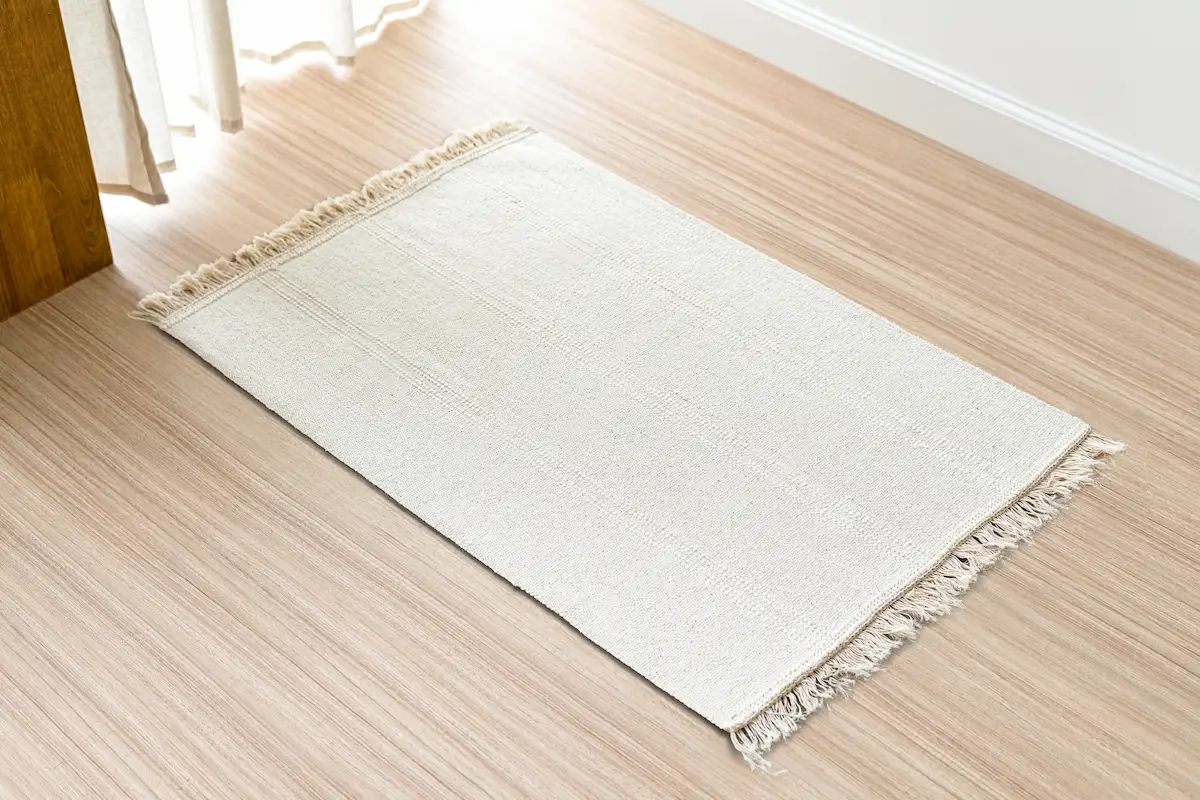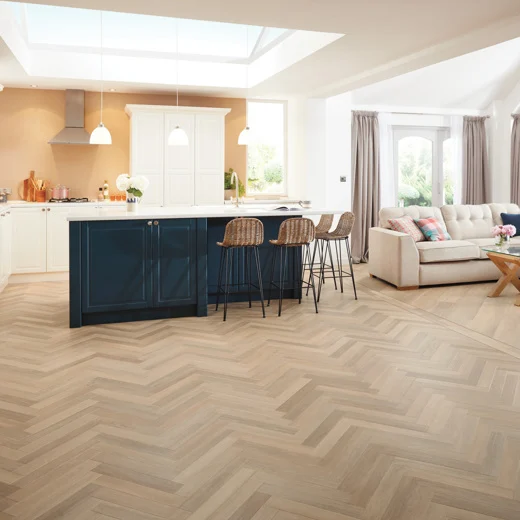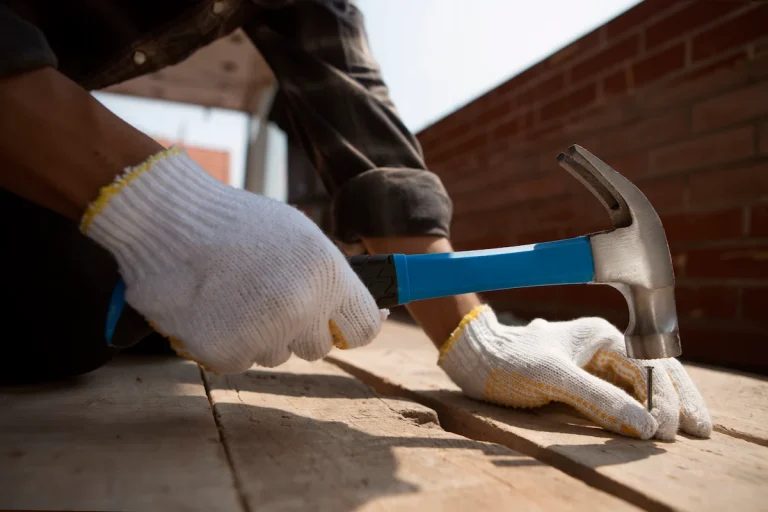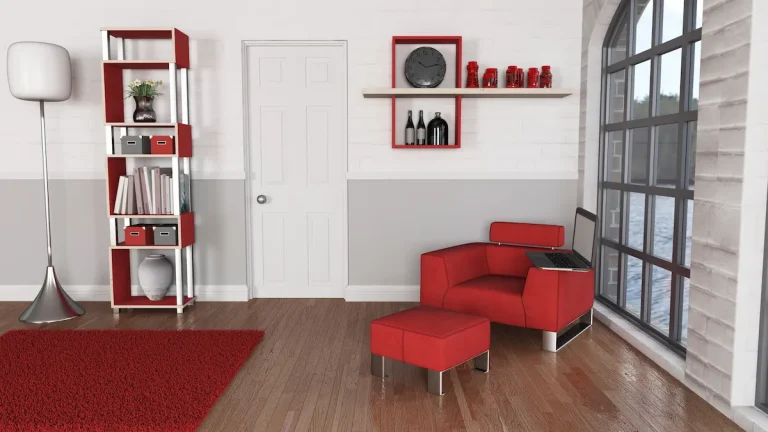Layering rugs on hardwood floors is an elegant and functional method to enhance the aesthetic appeal of a home while simultaneously adding warmth, comfort, and decorative detail. This design approach introduces depth and character to the space and offers an opportunity to creatively combine various textures, patterns, and contrasting materials.
Whether the goal is to conceal imperfections in the flooring or to cultivate a cozy atmosphere, this guide will provide insights into the most suitable types of rugs to utilise, effective layering techniques, and essential maintenance advice to preserve the integrity of the arrangement while maintaining a warm ambiance.
Why Try Layering Rugs on Hardwood Floors?
Layering offers both form and function. It adds texture, defines space, and introduces colour without committing to permanent changes. Here’s why it works:
1. Adds Depth and Dimension
By combining textures like jute with vintage Persian rugs, you create visual layers that turn flat designs into immersive experiences.
Examples:
- Flatweave over shag: Modern contrast.
- Shag over pattern: Boho comfort.
- Jute under vintage: Rustic meets classic.
2. Creates a Cozy Ambiance
Layering soft materials like faux fur or wool over natural fibres enhances underfoot comfort, ideal for relaxation zones.
3. Conceals Flooring Flaws
Strategically placed layered rugs can hide scratches, stains, or worn areas, especially useful in homes with pets or children.
Best Rugs for Layering on Hardwood Floors
Choosing the right combination is crucial for balance and longevity. Consider these popular types:
1. Natural Fibre Rugs
Jute, sisal, or flatweave rugs are ideal base layers. They’re durable, eco-friendly, and provide texture without overpowering the space.
Benefits:
- Biodegradable.
- Wear-resistant.
- Neutral colour palette.
2. Faux Fur Rugs
These plush rugs add softness and luxury. Perfect for layering on top of rougher textures like jute or seagrass. Try:
- Faux fur over braided natural rug.
- Faux fur on patterned wool for cosiness.
3. Patterned Rugs
Add energy and personality with stripes, florals, or geometrics. A patterned rug on a neutral base becomes the room’s focal point.
How to Layering Rugs on Hardwood Floors
Follow these design steps for maximum impact:
1. Choose the Right Sizes
Base rugs should anchor the space—e.g. covering front legs of furniture. Accent rugs can be smaller but should never feel lost.
Room tips:
- Lounge: Rug extends under front legs of sofas.
- Bedroom: Under bed and bedside tables.
- Dining: At least 24 inches beyond the table.
2. Mix Textures
Use high/low texture pairings for visual interest. Think woven jute under velvet, or soft wool atop a rougher cotton base.
Combinations to try:
- Cotton over sisal.
- Wool on jute.
- Silk on natural fibre.
3. Blend Patterns and Colours
Stick to a common palette to avoid clashing. Use a bold patterned rug as your focal point and layer over subtler bases.
Tips:
- Start with a bold print base
- Use layering to tie together diverse furniture styles
- Add a smaller solid or tone-on-tone rug
Tips for Layering Rugs on Hardwood Floors
These practical insights ensure safety and style:
1. Use a Non-Slip Rug Pad
Crucial for preventing slips and protecting both rug and hardwood beneath. Look for eco-friendly, non-toxic options suited to rug thickness.
2. Consider Furniture Placement
Layering should work with your furniture—not against it. Make sure rugs extend beneath key pieces to ground the space.
3. Don’t Be Afraid to Experiment
Layering is meant to showcase personality. Mix different sizes, shapes, colours, and styles until you find a setup that feels balanced yet bold.
Caring for Layered Rugs on Hardwood Floors
Proper maintenance keeps your rugs fresh and your hardwood pristine:
1. Vacuum Weekly
Helps remove debris and protects both rug fibres and floor finish. Use gentle suction and brush attachments for delicate weaves.
2. Spot Clean Promptly
Address spills immediately with mild soap and water or dry agents depending on material. Always blot—never rub.
Quick tip: Test cleaning solution on an inconspicuous corner first.
3. Rotate Rugs Regularly
Every 6 months, rotate layered rugs to ensure even wear and fading. Especially important in sunlit or high-traffic areas.
Final Thoughts: Layering for Comfort and Style
Layering rugs on hardwood floors is more than a trend—it’s a flexible, creative way to enhance your living space. From adding comfort to showcasing texture and design flair, this technique can transform any room into a warm, stylish sanctuary.
Whether you’re blending faux fur with natural fibre or showcasing bold patterns over muted bases, the key lies in balance and experimentation.
Need help selecting the perfect rug combinations? Visit TEKA Flooring’s blog for more expert insights and browse a range of premium rugs that work beautifully with hardwood floors. Contact us for personal guidance and fitting services to make your vision a reality.
Read also:

































